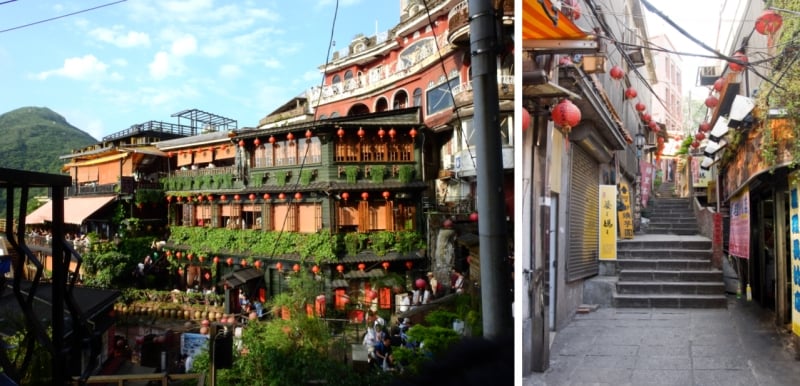Apart from tech innovations, cherry blossoms, and sushi, Japan is also famous for anime. And in this highly saturated industry, Studio Ghibli stands out for its gorgeous hand-drawn animation (yes, even in this current day and age!), impressively written stories, and memorable characters. Studio Ghibli movies are in a league of their own, no doubt about that. And thanks to Netflix adding a ton of these in its catalogue, the films’ legacy isn’t dying down anytime soon.
So why not actually travel to the places that either inspired Studio Ghibli movies or were inspired by it? Here are our top 10 recommendations for all you Studio Ghibli fans and fans-to-be! Fair warning: these idyllic destinations will probably make you want to live in your own Ghibli-esque world too!
1. Safflower Field in Takase, Yamagata – Japan
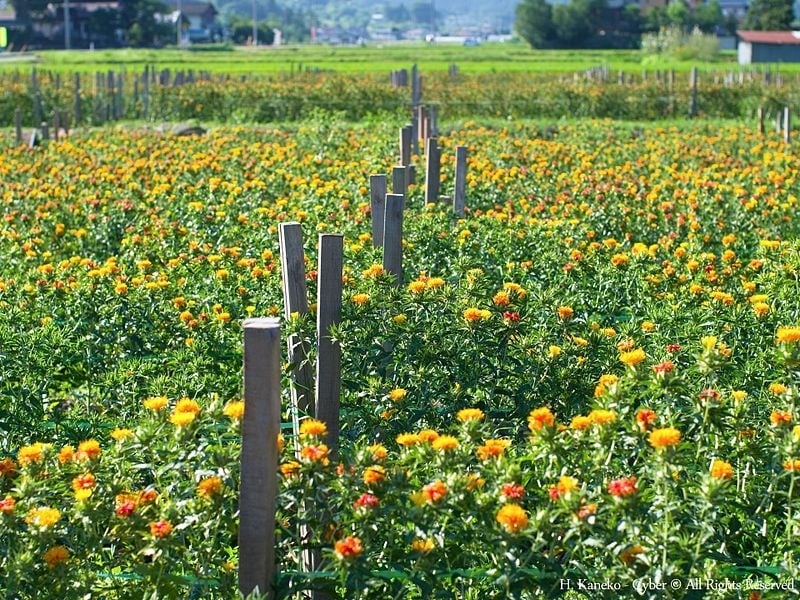
Image credit: Hiroaki Kaneko
In Only Yesterday (1991), single career woman Taeko Okajima goes on a trip to rural Yamagata to visit her sister. Throughout her trip, she gets more and more nostalgic for her childhood self. Coincidentally, there was an annual safflower harvest happening. Taeko does some of her self-reflection in the vast flower fields — which actually do exist IRL!
Safflowers are the symbolic flower of Yamagata Prefecture, and they’re used for dyeing, cooking, and even healing. The best time to visit the Safflower Field of Takase is in July when these bright orange flora are in full bloom!
2. Gassho-Zukuri Villages in Shirakawa-go, Gifu – Japan
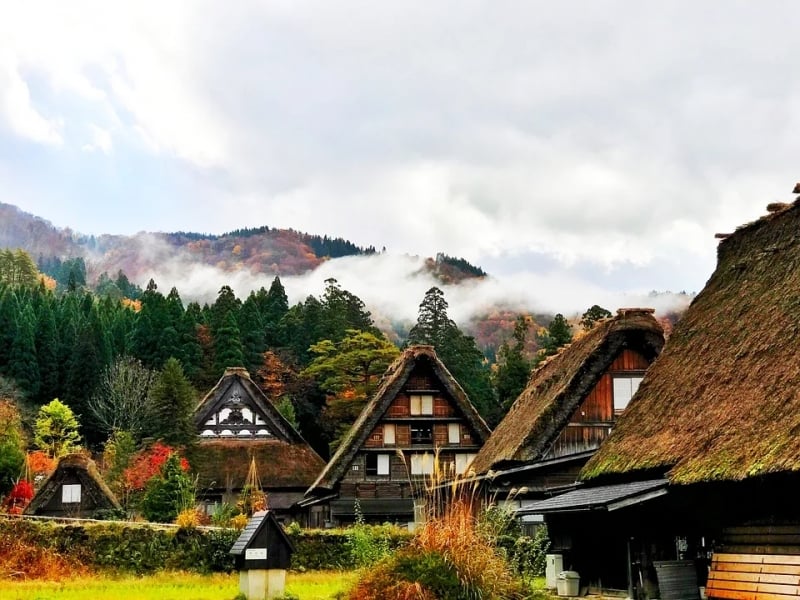
Image credit: EllenChan
This stunning UNESCO World Heritage Site is often dubbed as the ‘Hobbiton of Japan.’ Dotting the fields of Shirakawa-go are quirky cottage-like houses that resemble those in Middle-Earth (except these ones are in East Asia). Their architectural style is called gassho-zukuri, which translates to ‘hands clasped in prayer’ — referring to the steeply-angled thatched roofs. This village is lovely at any time of the year!
Whatever the season, the scenery is enough to make you feel like you stepped inside a fantasy novel, or even one of the Studio Ghibli movies. You could say it’s like a more whimsical version of Prince Ashitaka’s Emishi Village in Princess Mononoke (1997)!
3. Shiratani Unsuikyo Ravine on Yakushima Island, Kagoshima – Japan
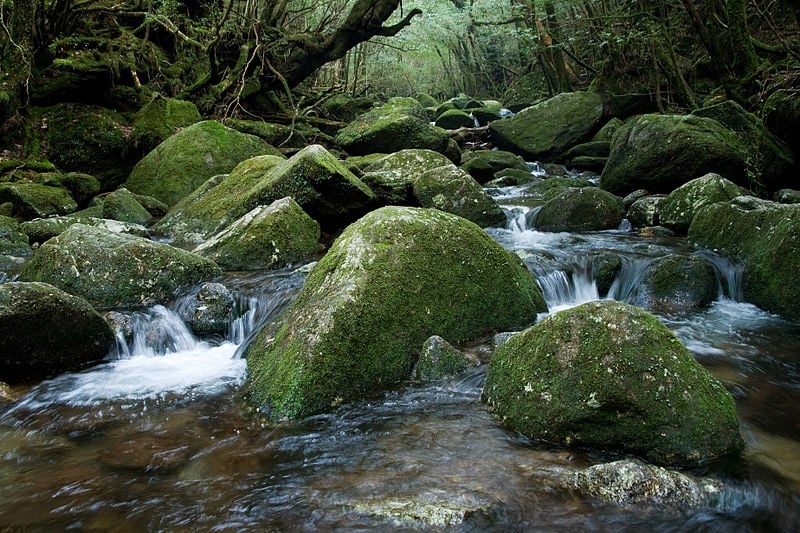
Image credit: Σ64
This fascinating moss forest on a secluded island looks like the kind of place where nature spirits come out and meet one another. Its surreal landscape is the inspiration for Princess Mononoke (1997), one of the most popular Studio Ghibli movies by Hayao Miyazaki. In fact, Miyazaki and lead artist Kazuo Oga spent hours sketching here after coming up with the idea! Rumour has it that the animators had to use around 200 different shades of green, just so they can perfectly capture the beauty of this real-life enchanted forest.
4. Jiufen in Taipei – Taiwan
This is the only Studio Ghibli-esque place on this list that’s not in Japan — though it certainly seems straight out of Spirited Away (2001). It’s the most popular among all Studio Ghibli movies, as it won an Academy Award in 2003. Walk along the old town streets of this mountain village, like you’re Chihiro on an Alice in Wonderland-like adventure. The uphill streets are lined with vibrant red lanterns and stalls selling mouthwatering food and souvenirs. Don’t worry, you won’t turn into a pig (like what happened to Chihiro’s parents) if you try out the delicacies here! The multi-storied A-Mei Teahouse is a sight to behold, especially with its close resemblance to the Bathouse, where the spirits come to unwind at night.
5. Expo Memorial Park in Nagoya, Aichi – Japan
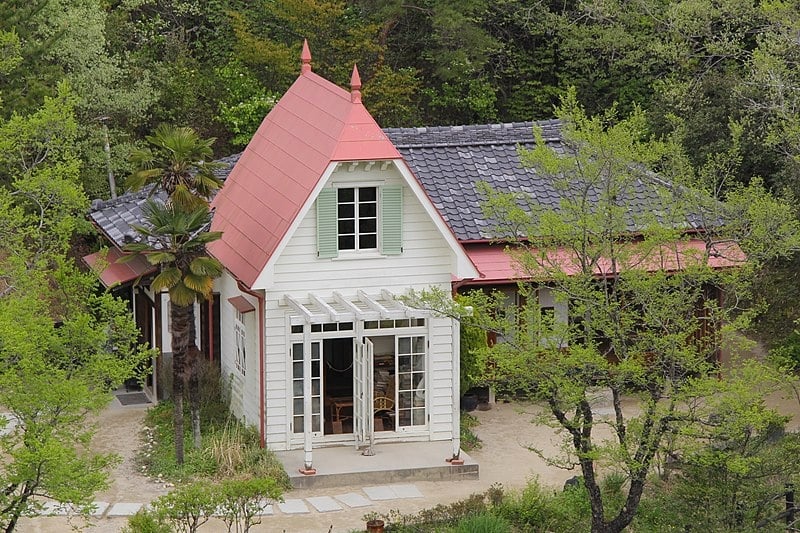
Image credit: anthodomi
Another contender for the most iconic among all Studio Ghibli movies is My Neighbor Totoro (1988). Its cuddly titular character has become the Studio Ghibli mascot through the years. Many a kid has dreamed of spending their summers in a pretty countryside house, with the hopes of meeting an adorable furry monster-slash-wood spirit. Well, now you can (sort of) make this dream come true!
You can find the exact replica of Satsuki and Mei’s house in Expo Memorial Park. And by ‘exact’ we’re not exaggerating here; it imitates practically every detail shown in the anime — from the distinct red roof, the 1950s interior, to even the family name plate.
6. Negishi Natsukashi Park in Yokohama, Kanagawa – Japan
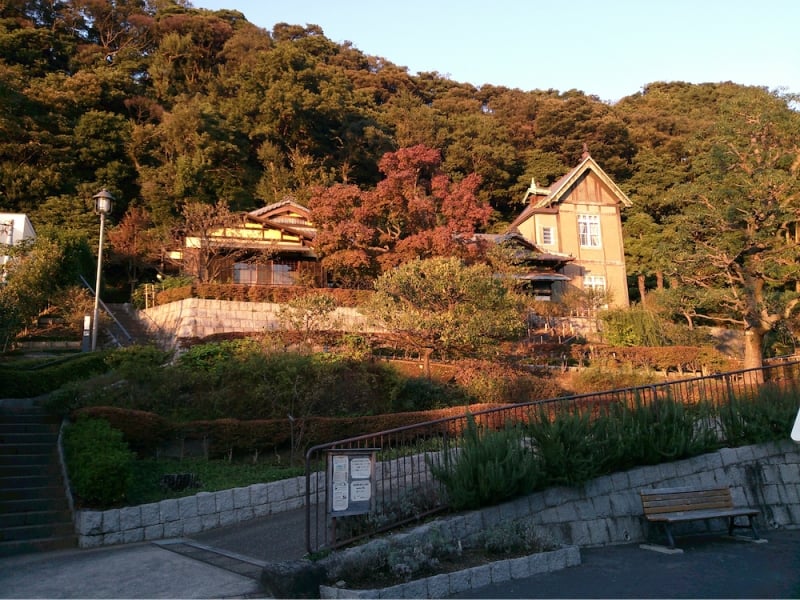
Image credit: 妖精書士
Umi Matsuzaki, the main protagonist of From Up on Poppy Hill (2011), lived in a boarding house with sweeping views of Yokohama Port. This city is one of the first in Japan that opened to foreign trade. The film presents a nostalgic 1963 version of Yokohama when it was still on the brink of modernisation. In the midst of this supposed innovation, Umi and her newfound friend Shun Kazama do what they can to prevent their school clubhouse from being demolished.
While most of Yokohama’s surroundings have significantly changed since 1963, some spots have remained the same. Best example is the Old House of the Yanagishita Family in Negishi Natsukashi Park. Oh, and it’s a spitting image of the film’s Coquelicot Manor, the boarding house where Umi lived.
7. Arashiyama Bamboo Grove in Kyoto – Japan
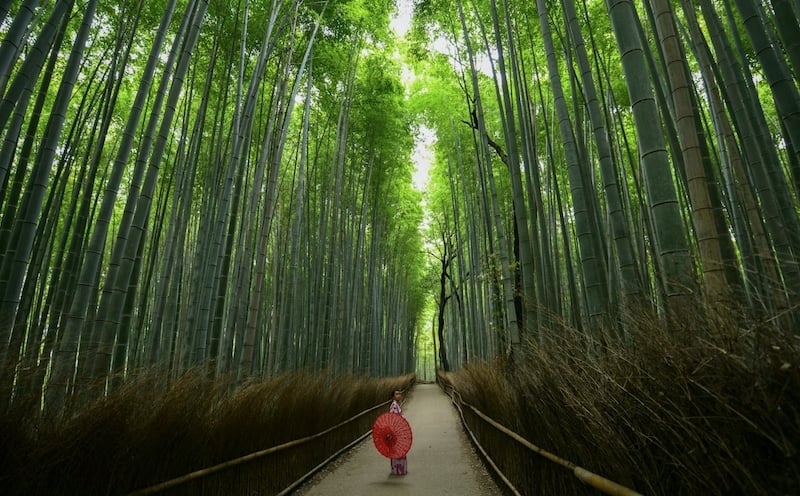
Image credit: Walter Mario Stein
As the former Japanese capital, Kyoto is a well-preserved chunk of ancient Japan. And whether or not you’re a Studio Ghibli fan, you’ve probably already known about the popular Arashiyama Bamboo Grove even then! In The Tale of the Princess Kaguya (2013), a wood-cutter and his wife adopt a tiny girl after finding her inside a bamboo shoot in the forest. This one stands out among other Studio Ghibli movies as it’s based on Japanese folklore. And while these movies are unique in their own ways, the animation in this film is quite different from the studio’s usual aesthetic.
8. Kamikochi Imperial Hotel in Matsumoto, Nagano – Japan
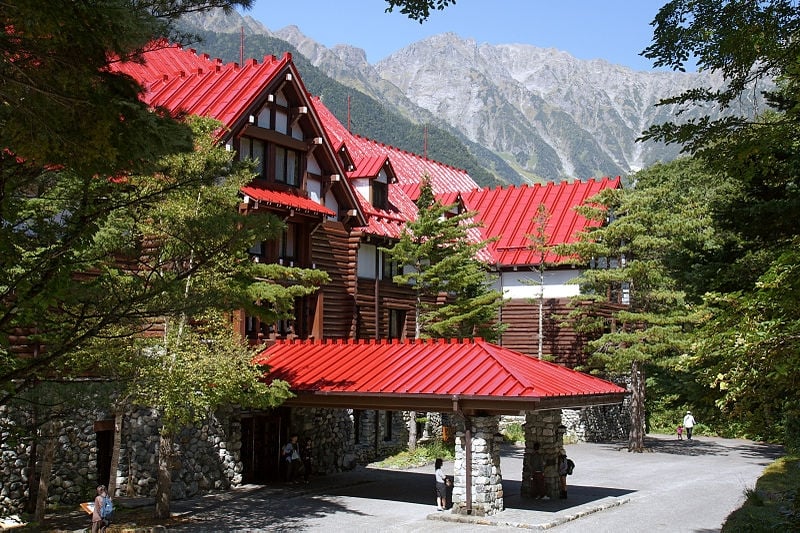
Image credit: 663highland
The Wind Rises (2013) stands out as the only semi-biography among Studio Ghibli movies. It’s inspired by the life story of Jiro Horikoshi, the aeronautical engineer who designed the infamous Mitsubishi A6M Zero fighter jet during World War II. In the middle of the film, he goes on vacation at the Hotel Kusakaru, where he’s reunited with the love of his life, Naoko Satomi. This romantic backdrop looks a lot like the Kamikochi Imperial Hotel, a mountain resort surrounded by the spectacular Northern Japan Alps.
9. Yufuin Floral Village in Yufu, Oita – Japan
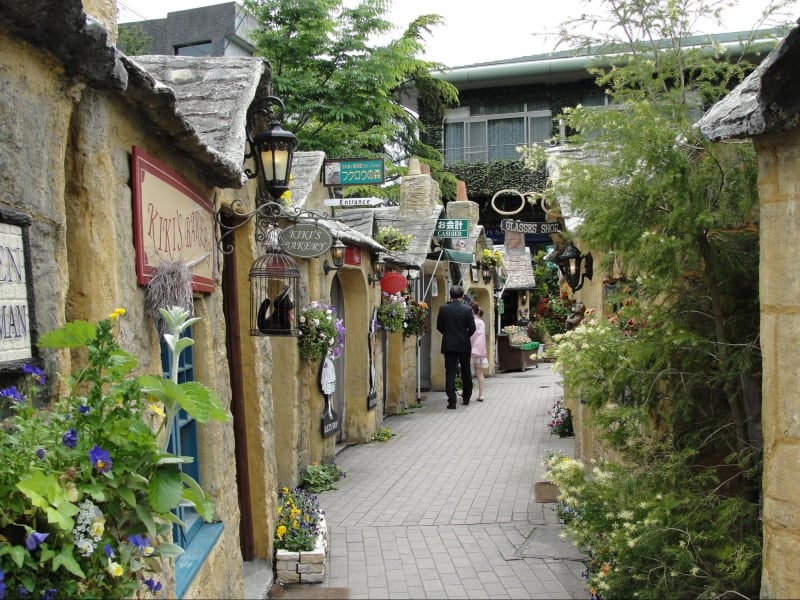
Image credit: RachelH_
Before Hermione Granger and Sabrina Spellman, there was Kiki. The main protagonist of Kiki’s Delivery Service (1989) makes a case not just for being a loveable witch, but also for being a fiercely independent teenage girl. Upon turning 13, she leaves her home and sets off to the port city of Koriko. She ends up taking a job at a bakery, in exchange for a place to stay. From there, she puts up a pretty cool “Witch Delivery Business,” where instead of a bike, she uses her broomstick for errand runs.
And guess what? You can visit the real-life version of the Koriko bakery. In the dreamy Yufuin Floral Village, you’ll be transported to a fairytale town full of quaint houses, cobblestone streets, and flowery plants dotting each and every home. You can easily spot the bakery; it features a storefront cage carrying Kiki’s black cat Jiji! Once inside, prepare to be overwhelmed by the smell of freshly baked croissants. Yum!
10. Takachiho Gorge in Takachino, Miyazaki – Japan
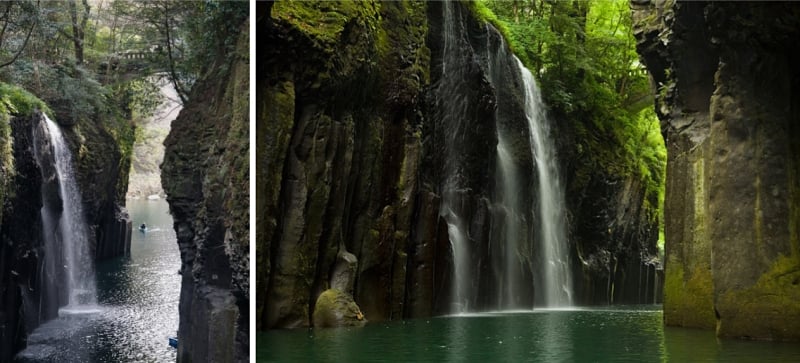
Image credit (right): Max Smith
Although Takachiho Gorge doesn’t exactly appear in any of the Studio Ghibli movies, it sure looks straight out of one! Some fans say it’s like the on-ground version of the titular castle in Laputa: Castle in the Sky (1986) — minus the roaming Laputan robot-guards. According to Japanese legend, this natural wonder is where the gods first landed on Earth.
Marvel at the volcanic basalt cliffs, which resemble dragon scales if you’d look closely. Down below the narrow chasm is the Gokase River, while the 17-metre Minainotaki Waterfall complements the vibrant foliage surrounding it. Best to come here during spring or autumn, when the lush greenery is at its loveliest. Whether or not the ancient gods really did walk along these grounds, this Miyazaki landmark is truly divine!
Also read: How I Spent a Magical Day at the Ghibli Museum in Tokyo
Ready to go on a Studio Ghibli pilgrimage and cross these places off your bucket list? Or are there more Ghibli-esque places you’d like to share? Tell us all about it — we’re all (Totoro-size) ears!
